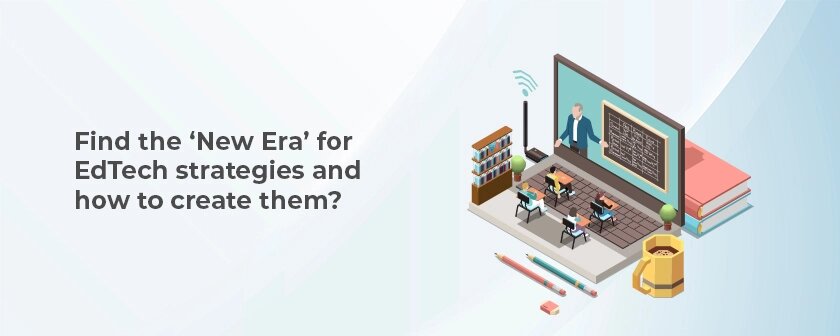Human behaviour is a strange science and often, we feel it difficult getting out of our comfort zone. Imagine going to a restaurant with a set menu in mind and being presented with a menu card with numerous choices. When the initial idea of what we want and what is presented leads to some thinking and confusion, in more complex cases, the outcomes can be much more complicated. The convolution of thinking is again caused by exposure to various personal and professional stakeholders, the media etc.
Based on our deep experience in EdTech, below are some points of the common perceptions to overcome for EdTech implementation.
1. Textbooks and hard materials
It is a common perception that only hard textbooks and physical material will deliver the urge to learn. In many cases, physical books can be expensive and in low-income countries, it can even be a reason for dropping out of school.
2. Closed Mindset
If a question were to be raised as to what can be an alternative to textbooks, the response is either one of silence. Even if there is a formal channel or an activity on a medium like say YouTube, it is still a part of technology that Ed Tech is driving towards. So it is a basic aspect of mindset of what is a ‘proper’ learning material and what is not.
Further, in case of any doubts about the technology system or if any faults are noticed therein, there may not be any ready help available and this will sow discord. Further, any local ‘experts’ available may not really be experts. Similarly, if one is going to ask recommendations about a system to some one else, the message may be positive or negative depending on the bias of the user.
3. Differences in curriculum
There is a perception that EdTech curriculum is different from a standard syllabus or curriculum. A good choice of EdTech will actually bridge this gap and enhance the knowledge take away. The usual perception is that EdTech will have a different curriculum.
4. Competence of Teachers
Teachers will need to be trained in the use of education tools and also have some feeling of confidence about the same. If teachers are not confident, then the full utilization of Ed Tech is not possible. Many do not have the time to read and process the content and hence act as agents of change for the better.
5. Behavioural concerns
Many fear that using technology in education can lead to distractions like the case of children playing games on their mobile phones. In many cases there is the inherent fear that the benefits of technology will be outweighed by the concerns and ill-effects. Many also feel that the children will not be responsible enough or that there will be over-reliance on technology.
6. Hardware/Software Access, Availability
EdTech is dependent on a number of hardware and software tools and they need to be available. Further, in the case of using EdTech, if there is a glitch in any one aspect, then the entire education experience goes for a toss and there is wastage of valuable time. There is also a cost involved in EdTech and not all modules may be free. This is another sticking point to EdTech implementation, especially in low-income countries and households.
Why Grhombustech?
Grhombustech is a leader in offering Edtech solutions in USA. We are also among the leading software development companies in UAE. Apart from these areas, GRhombus has established itself as a pioneer in Data Visualization, IoT Testing, Salesforce Development and Cloud Testing. Driven by the guidance of experts with more than 25 years of industry experience, the GRhombus family now has over 200 employees spread all over the globe.
For additional details, please contact us.



